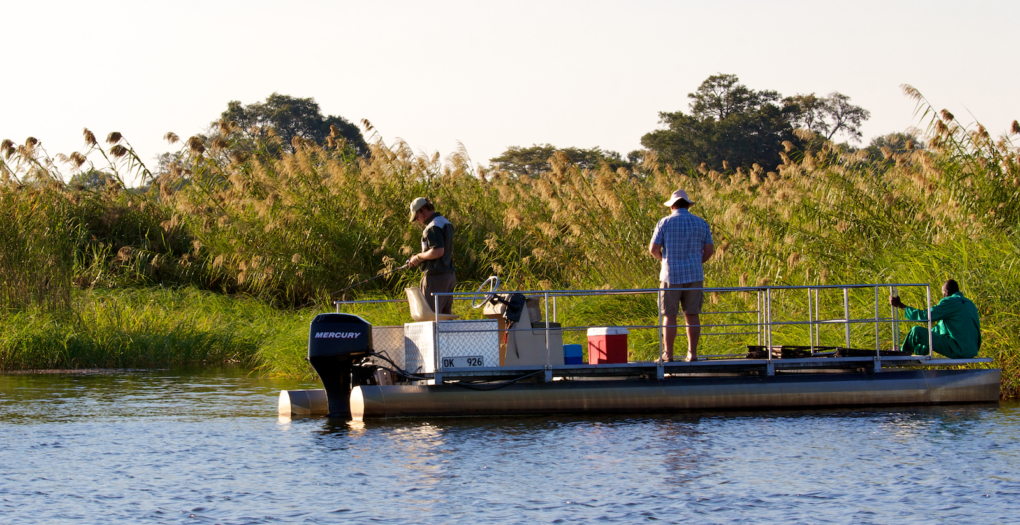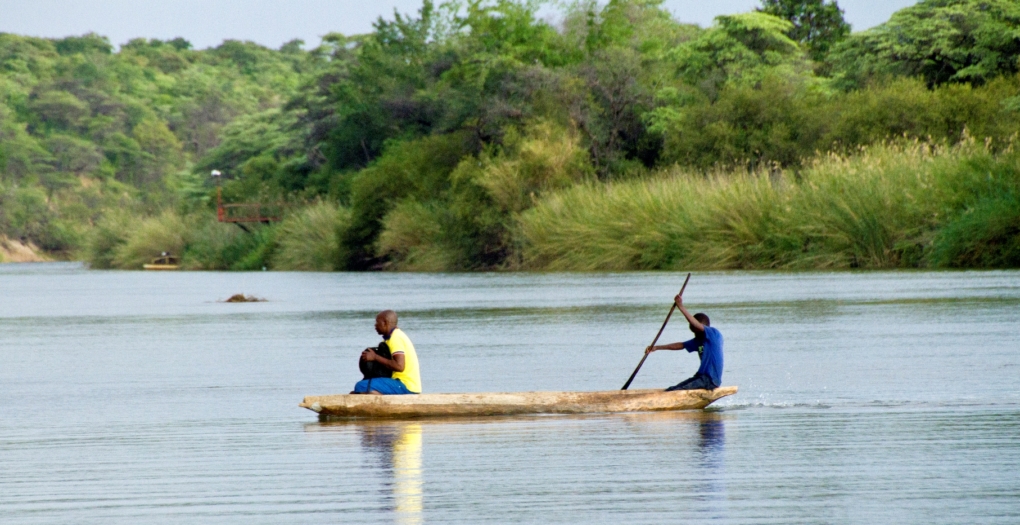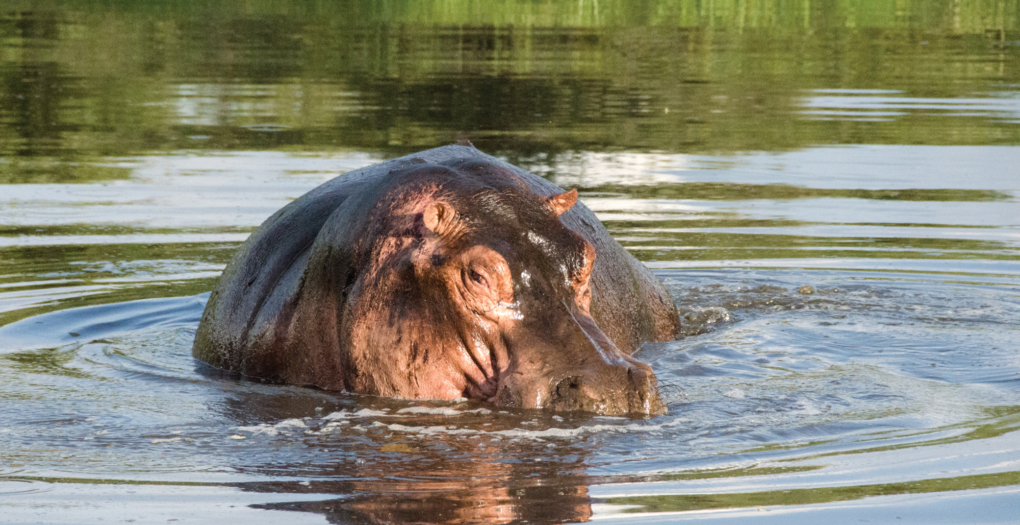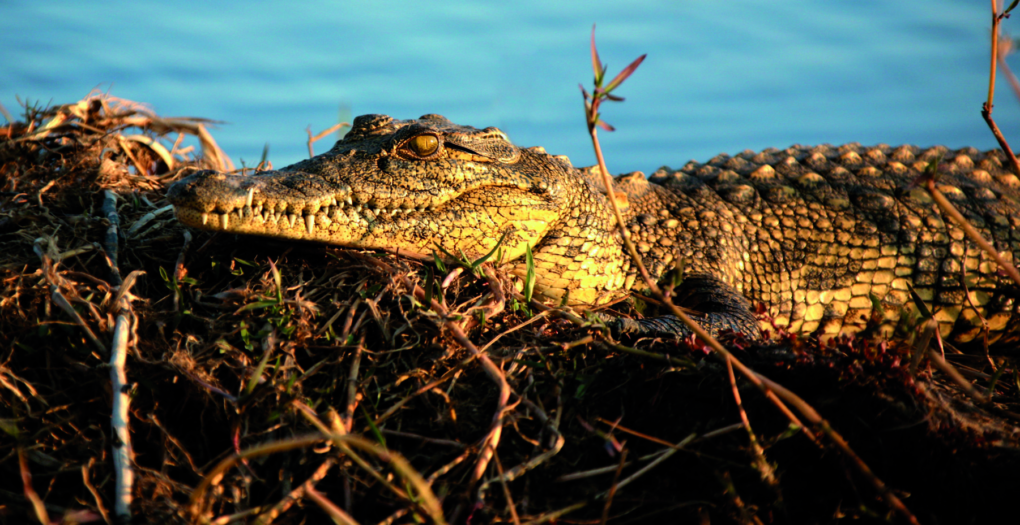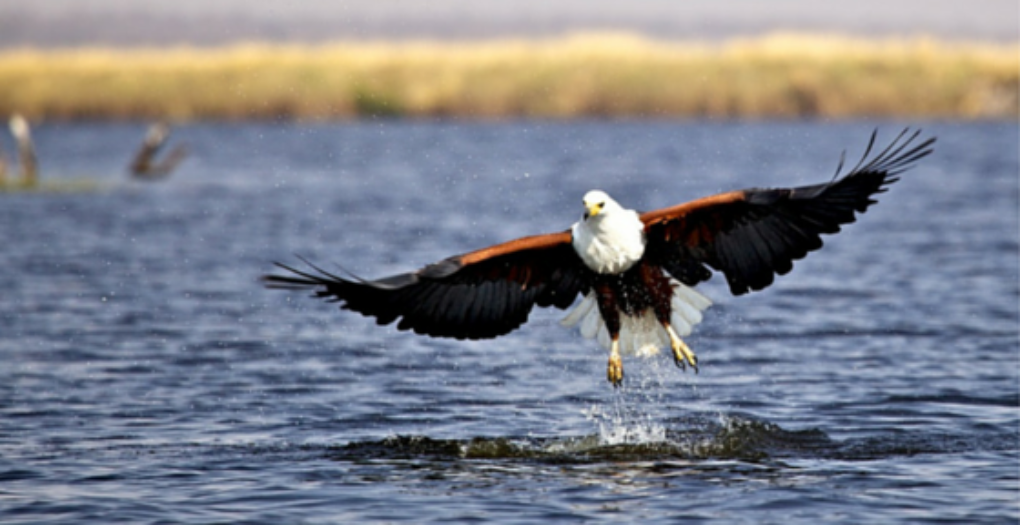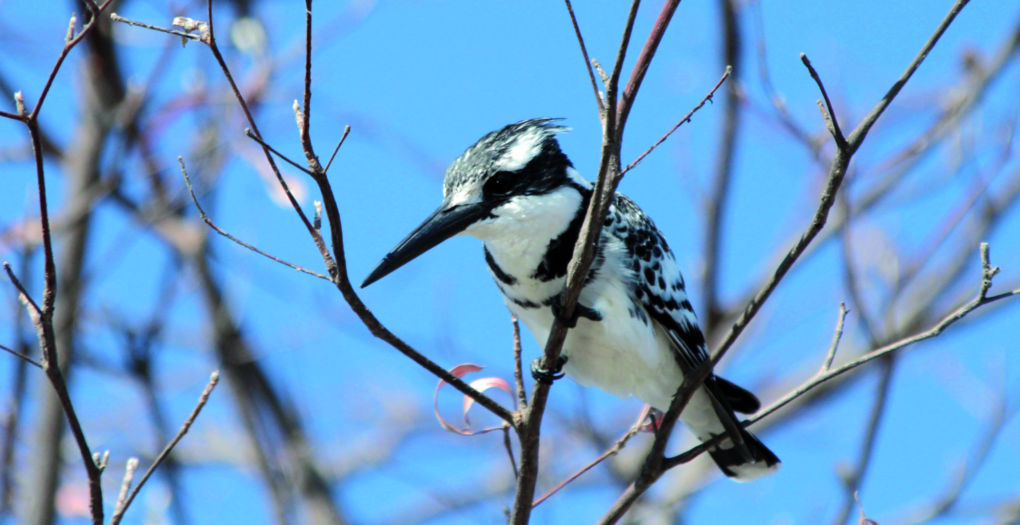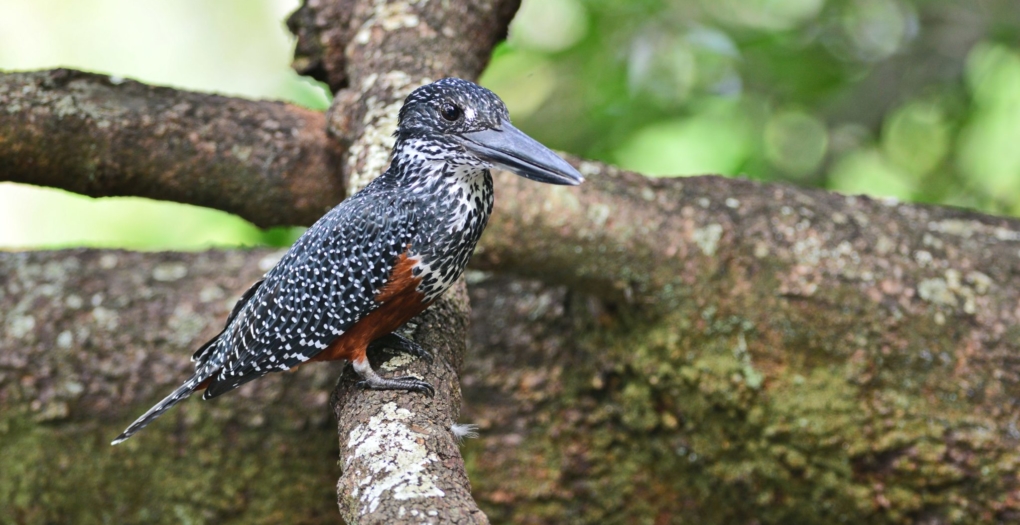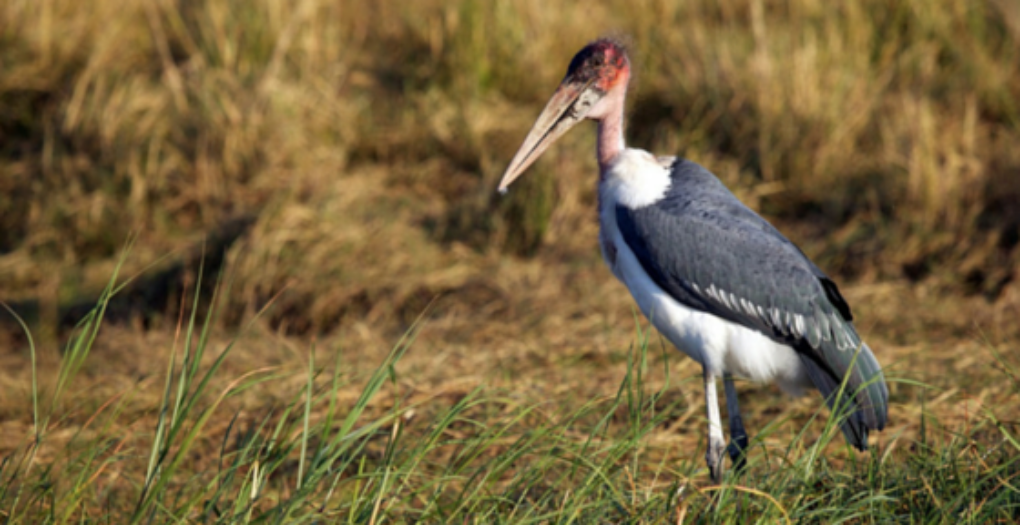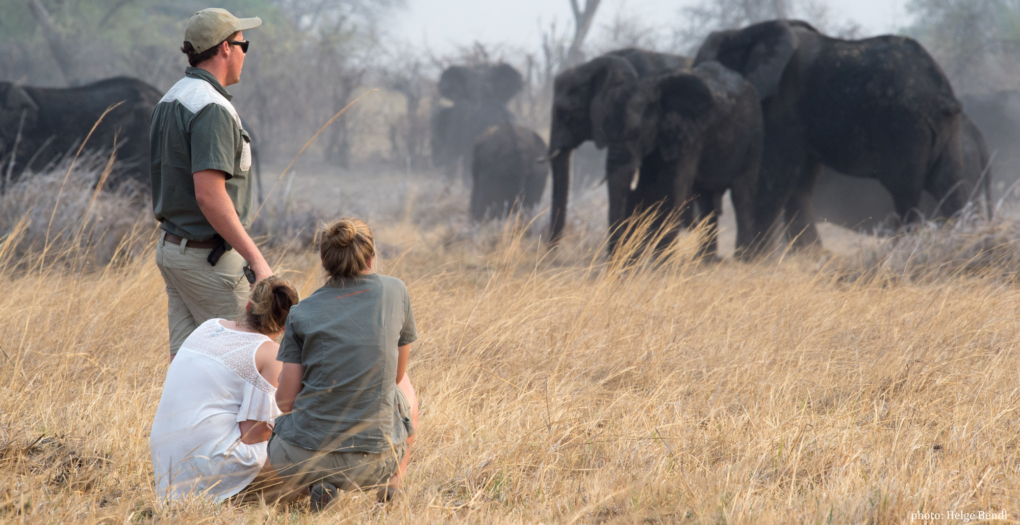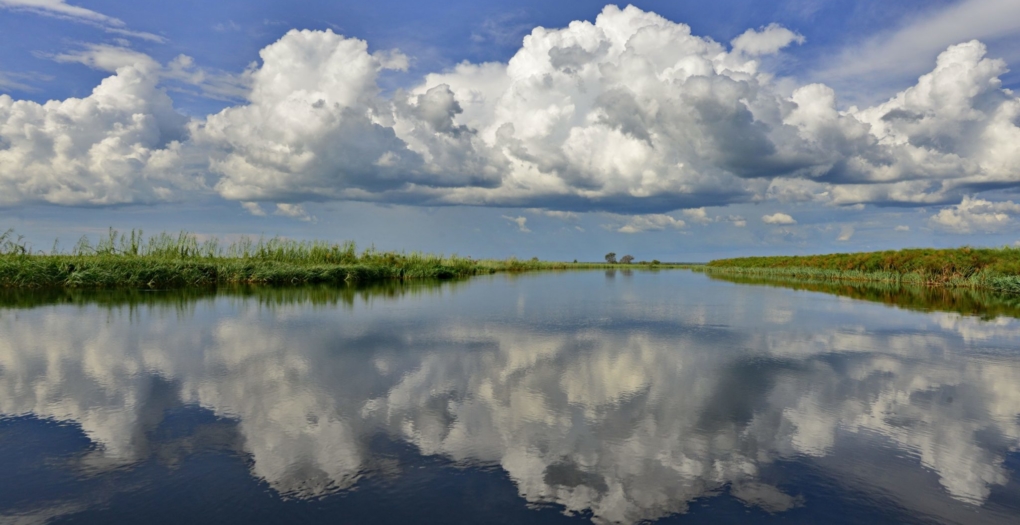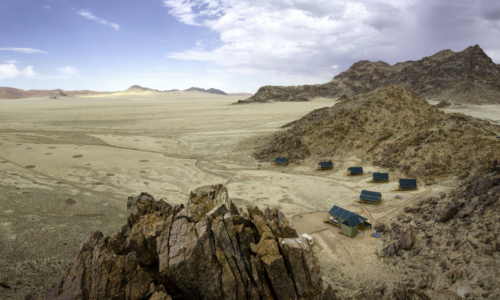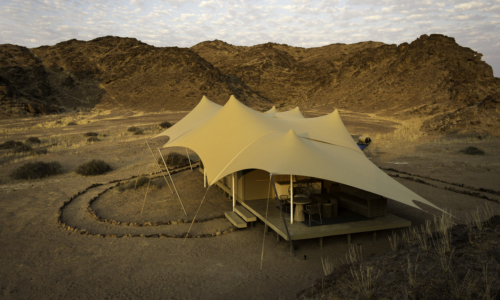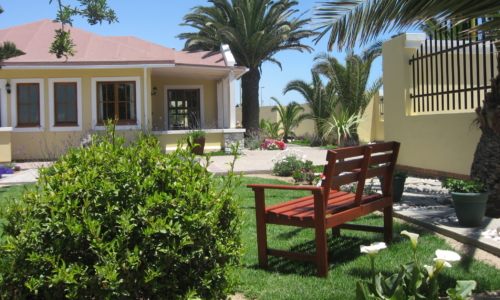Known as the Caprivi Strip, this panhandle region is bordered by the Okavango, Kwando, Chobe, and Zambezi rivers. This narrow piece of Namibia juts below Botswana to the south and Angola to the south and Angola and Zambia to the north. The area was named for German Chancellor Leo von Caprivi who brokered the deal for the land in 1890 with the United Kingdom. It provides Namibia with access to the important trade routes to East Africa through the use of the Zambezi River. But these lush, wetlands are becoming more and more important for conservation and tourism. The region even houses four magnificent national parks: Mahango, Bwabwata, Mudumu, and Mamili as well as the beautiful Popa Falls Reserve.
Unlike the rest of Namibia, this wetlands region has a tropical climate making it the ideal habitat for a wide variety of wildlife. Caprivi is home to the elephant migration route between eastern Angola and the Okavango and it’s not usual for hundreds of elephants to be seen marching past safari lodges. Buffalo, giraffe, wildebeest, and zebra frequent the strip in ample numbers with many of their predators including lions, hyenas, leopards, and cheetahs hard on their hooves. In fact, the region has supported a resurgence in the number of African wild dogs in recent years. Within the rivers themselves there are plenty of hippos and crocodiles while red lechwe, waterbuck, and sitatunga frequent the marshes.
The vegetation in Caprivi encompasses a mixture of riverine forest, teak forest, acacia fringe woodland and open grassland. Over 400 species of birds have been spotted in the area. Some water birds found here include spurwing geese, moorhens, African jacanas, and African skimmers. Other birds include the kingfisher, Carmine bee-eaters, coucals, spoonbills, cardinals, fishing owls, and giant eagle owls, and woodpeckers.
There are many exciting outdoor activities to enjoy in the region. The safari lodges and hotels in Caprivi regularly provide game drives into the local national parks with the expertise of a local guide and tracker in the comfort of a 4×4 safari vehicle. Walking safaris with an armed guard allow for a closer and more intimate look at the abundant flora and fauna. The many rivers in the area can be traversed by boat or mokoro, a local dugout canoe for a better view of the hippos, crocodiles, and bird life. A sunset cruise is the ideal way to end a day here. While anglers will enjoy fishing in one of the four main rivers.

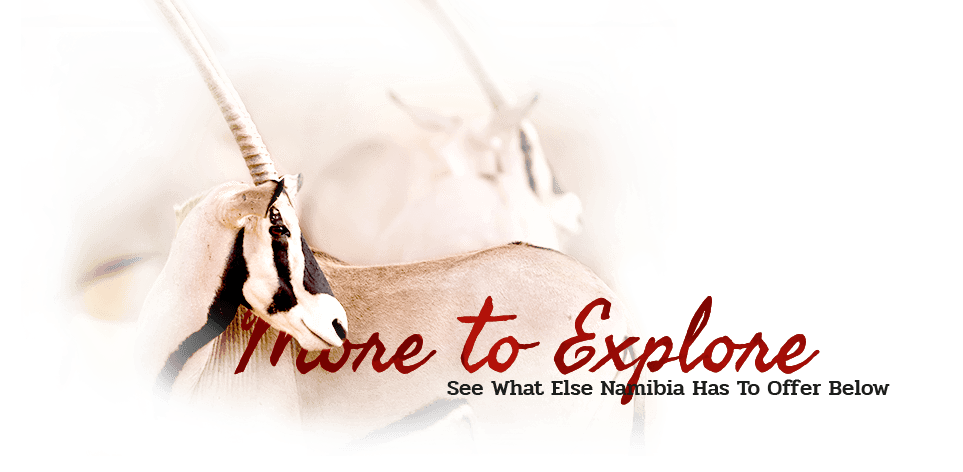
- Anderssons at Ongava
- Babson House
- Camp Kipwe
- Canyon Lodge
- Canyon Roadhouse
- Canyon Village
- Cape Cross Lodge
- Chobe Savanna Lodge
- Damara Mopane Lodge
- Damaraland Camp
- Dead Valley Lodge
- Desert Hills Glamping Camp
- Desert Homestead
- Desert Homestead Outpost
- Desert Rhino Camp
- Dolomite Camp
- Doro Nawas Camp
- Eagle’s Nest Lodge
- Erongo Wilderness Lodge
- Etosha Heights Safari House
- Etosha Mountain Lodge
- Etosha Safari Camp
- Etosha Safari Lodge
- Fish River Lodge
- Fort Sesfontein Lodge
- Grootberg Lodge
- Halali Camp
- Hoanib Skeleton Coast Camp
- Hoanib Valley Camp
- Ichingo Chobe River Lodge
- Kalahari Anib Lodge
- Kalahari Farmhouse
- Khorixas Rest Camp
- Kulala Desert Lodge
- Kwessi Dunes
- Little Kulala
- Little Ongava
- Malansrus Tented Camp
- Mowani Mountain Camp
- Mushara Bush Camp
- Mushara Lodge
- Mushara Outpost
- Naankuse Lodge
- Namib Desert Lodge
- Namushasha River Lodge
- Namutoni Camp
- Nhoma Safari Camp
- Okahirongo Elephant Lodge
- Okahirongo River Camp
- Okaukuejo Camp
- Okonjima Bush Camp
- Okonjima Bush Suite
- Okonjima Grand African Villa
- Okonjima Plains Camp
- Onduli Ridge
- Ongava Lodge
- Ongava Tented Camp
- Onguma Bush Camp
- Onguma Etosha Aoba Lodge
- Onguma Tented Camp
- Onguma The Fort
- Onguma Tree Top Camp
- Onkoshi Camp
- Ozondjou Trails
- Popa Falls Camp
- River Crossing Lodge
- Safarihoek Lodge
- Serra Cafema Camp
- Shipwreck Lodge
- Sossus Dune Lodge
- Sossusvlei Desert Lodge
- Terrace Bay Camp
- Teufelskrallen Tented Lodge
- Villa Mushara
- Wolwedans Boulders Safari Camp
- Wolwedans Dune Camp
- Wolwedans Dunes Lodge
- Wolwedans Mountain View Suite
- Wolwedans Private Camp
- Anderssons at Ongava
- Babson House
- Camp Kipwe
- Canyon Lodge
- Canyon Roadhouse
- Canyon Village
- Cape Cross Lodge
- Chobe Savanna Lodge
- Damara Mopane Lodge
- Damaraland Camp
- Dead Valley Lodge
- Desert Hills Glamping Camp
- Desert Homestead
- Desert Homestead Outpost
- Desert Rhino Camp
- Dolomite Camp
- Doro Nawas Camp
- Eagle’s Nest Lodge
- Erongo Wilderness Lodge
- Etosha Heights Safari House
- Etosha Mountain Lodge
- Etosha Safari Camp
- Etosha Safari Lodge
- Fish River Lodge
- Fort Sesfontein Lodge
- Grootberg Lodge
- Halali Camp
- Hoanib Skeleton Coast Camp
- Hoanib Valley Camp
- Ichingo Chobe River Lodge
- Kalahari Anib Lodge
- Kalahari Farmhouse
- Khorixas Rest Camp
- Kulala Desert Lodge
- Kwessi Dunes
- Little Kulala
- Little Ongava
- Malansrus Tented Camp
- Mowani Mountain Camp
- Mushara Bush Camp
- Mushara Lodge
- Mushara Outpost
- Naankuse Lodge
- Namib Desert Lodge
- Namushasha River Lodge
- Namutoni Camp
- Nhoma Safari Camp
- Okahirongo Elephant Lodge
- Okahirongo River Camp
- Okaukuejo Camp
- Okonjima Bush Camp
- Okonjima Bush Suite
- Okonjima Grand African Villa
- Okonjima Plains Camp
- Onduli Ridge
- Ongava Lodge
- Ongava Tented Camp
- Onguma Bush Camp
- Onguma Etosha Aoba Lodge
- Onguma Tented Camp
- Onguma The Fort
- Onguma Tree Top Camp
- Onkoshi Camp
- Ozondjou Trails
- Popa Falls Camp
- River Crossing Lodge
- Safarihoek Lodge
- Serra Cafema Camp
- Shipwreck Lodge
- Sossus Dune Lodge
- Sossusvlei Desert Lodge
- Terrace Bay Camp
- Teufelskrallen Tented Lodge
- Villa Mushara
- Wolwedans Boulders Safari Camp
- Wolwedans Dune Camp
- Wolwedans Dunes Lodge
- Wolwedans Mountain View Suite
- Wolwedans Private Camp

Known as the Caprivi Strip, this panhandle region is bordered by the Okavango, Kwando, Chobe, and Zambezi rivers. This narrow piece of Namibia juts below Botswana to the south and Angola to the south and Angola and Zambia to the north. The area was named for German Chancellor Leo von Caprivi who brokered the deal for the land in 1890 with the United Kingdom. It provides Namibia with access to the important trade routes to East Africa through the use of the Zambezi River. But these lush, wetlands are becoming more and more important for conservation and tourism. The region even houses four magnificent national parks: Mahango, Bwabwata, Mudumu, and Mamili as well as the beautiful Popa Falls Reserve.
Unlike the rest of Namibia, this wetlands region has a tropical climate making it the ideal habitat for a wide variety of wildlife. Caprivi is home to the elephant migration route between eastern Angola and the Okavango and it’s not usual for hundreds of elephants to be seen marching past safari lodges. Buffalo, giraffe, wildebeest, and zebra frequent the strip in ample numbers with many of their predators including lions, hyenas, leopards, and cheetahs hard on their hooves. In fact, the region has supported a resurgence in the number of African wild dogs in recent years. Within the rivers themselves there are plenty of hippos and crocodiles while red lechwe, waterbuck, and sitatunga frequent the marshes.
The vegetation in Caprivi encompasses a mixture of riverine forest, teak forest, acacia fringe woodland and open grassland. Over 400 species of birds have been spotted in the area. Some water birds found here include spurwing geese, moorhens, African jacanas, and African skimmers. Other birds include the kingfisher, Carmine bee-eaters, coucals, spoonbills, cardinals, fishing owls, and giant eagle owls, and woodpeckers.
There are many exciting outdoor activities to enjoy in the region. The safari lodges and hotels in Caprivi regularly provide game drives into the local national parks with the expertise of a local guide and tracker in the comfort of a 4×4 safari vehicle. Walking safaris with an armed guard allow for a closer and more intimate look at the abundant flora and fauna. The many rivers in the area can be traversed by boat or mokoro, a local dugout canoe for a better view of the hippos, crocodiles, and bird life. A sunset cruise is the ideal way to end a day here. While anglers will enjoy fishing in one of the four main rivers.

- Anderssons at Ongava
- Babson House
- Camp Kipwe
- Canyon Lodge
- Canyon Roadhouse
- Canyon Village
- Cape Cross Lodge
- Chobe Savanna Lodge
- Damara Mopane Lodge
- Damaraland Camp
- Dead Valley Lodge
- Desert Hills Glamping Camp
- Desert Homestead
- Desert Homestead Outpost
- Desert Rhino Camp
- Dolomite Camp
- Doro Nawas Camp
- Eagle’s Nest Lodge
- Erongo Wilderness Lodge
- Etosha Heights Safari House
- Etosha Mountain Lodge
- Etosha Safari Camp
- Etosha Safari Lodge
- Fish River Lodge
- Fort Sesfontein Lodge
- Grootberg Lodge
- Halali Camp
- Hoanib Skeleton Coast Camp
- Hoanib Valley Camp
- Ichingo Chobe River Lodge
- Kalahari Anib Lodge
- Kalahari Farmhouse
- Khorixas Rest Camp
- Kulala Desert Lodge
- Kwessi Dunes
- Little Kulala
- Little Ongava
- Malansrus Tented Camp
- Mowani Mountain Camp
- Mushara Bush Camp
- Mushara Lodge
- Mushara Outpost
- Naankuse Lodge
- Namib Desert Lodge
- Namushasha River Lodge
- Namutoni Camp
- Nhoma Safari Camp
- Okahirongo Elephant Lodge
- Okahirongo River Camp
- Okaukuejo Camp
- Okonjima Bush Camp
- Okonjima Bush Suite
- Okonjima Grand African Villa
- Okonjima Plains Camp
- Onduli Ridge
- Ongava Lodge
- Ongava Tented Camp
- Onguma Bush Camp
- Onguma Etosha Aoba Lodge
- Onguma Tented Camp
- Onguma The Fort
- Onguma Tree Top Camp
- Onkoshi Camp
- Ozondjou Trails
- Popa Falls Camp
- River Crossing Lodge
- Safarihoek Lodge
- Serra Cafema Camp
- Shipwreck Lodge
- Sossus Dune Lodge
- Sossusvlei Desert Lodge
- Terrace Bay Camp
- Teufelskrallen Tented Lodge
- Villa Mushara
- Wolwedans Boulders Safari Camp
- Wolwedans Dune Camp
- Wolwedans Dunes Lodge
- Wolwedans Mountain View Suite
- Wolwedans Private Camp
- Anderssons at Ongava
- Babson House
- Camp Kipwe
- Canyon Lodge
- Canyon Roadhouse
- Canyon Village
- Cape Cross Lodge
- Chobe Savanna Lodge
- Damara Mopane Lodge
- Damaraland Camp
- Dead Valley Lodge
- Desert Hills Glamping Camp
- Desert Homestead
- Desert Homestead Outpost
- Desert Rhino Camp
- Dolomite Camp
- Doro Nawas Camp
- Eagle’s Nest Lodge
- Erongo Wilderness Lodge
- Etosha Heights Safari House
- Etosha Mountain Lodge
- Etosha Safari Camp
- Etosha Safari Lodge
- Fish River Lodge
- Fort Sesfontein Lodge
- Grootberg Lodge
- Halali Camp
- Hoanib Skeleton Coast Camp
- Hoanib Valley Camp
- Ichingo Chobe River Lodge
- Kalahari Anib Lodge
- Kalahari Farmhouse
- Khorixas Rest Camp
- Kulala Desert Lodge
- Kwessi Dunes
- Little Kulala
- Little Ongava
- Malansrus Tented Camp
- Mowani Mountain Camp
- Mushara Bush Camp
- Mushara Lodge
- Mushara Outpost
- Naankuse Lodge
- Namib Desert Lodge
- Namushasha River Lodge
- Namutoni Camp
- Nhoma Safari Camp
- Okahirongo Elephant Lodge
- Okahirongo River Camp
- Okaukuejo Camp
- Okonjima Bush Camp
- Okonjima Bush Suite
- Okonjima Grand African Villa
- Okonjima Plains Camp
- Onduli Ridge
- Ongava Lodge
- Ongava Tented Camp
- Onguma Bush Camp
- Onguma Etosha Aoba Lodge
- Onguma Tented Camp
- Onguma The Fort
- Onguma Tree Top Camp
- Onkoshi Camp
- Ozondjou Trails
- Popa Falls Camp
- River Crossing Lodge
- Safarihoek Lodge
- Serra Cafema Camp
- Shipwreck Lodge
- Sossus Dune Lodge
- Sossusvlei Desert Lodge
- Terrace Bay Camp
- Teufelskrallen Tented Lodge
- Villa Mushara
- Wolwedans Boulders Safari Camp
- Wolwedans Dune Camp
- Wolwedans Dunes Lodge
- Wolwedans Mountain View Suite
- Wolwedans Private Camp

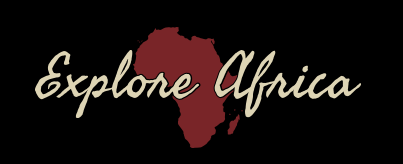




 Safari Camps
Safari Camps Points of Interest
Points of Interest Hotels & Resorts
Hotels & Resorts  Journeys
Journeys

